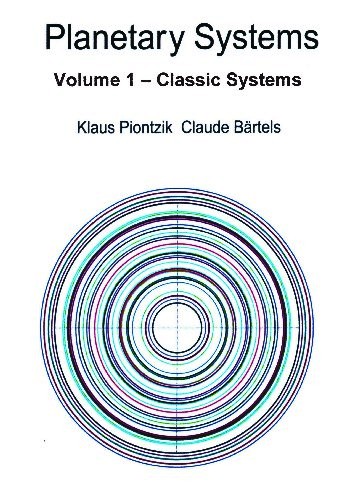200 sides, 23 of them in color
154 pictures
38 tables
Production und Publishing:
Books on Demand GmbH, Norderstedt
ISBN 978-3-7357-3854-7
Price: 25 Euro
154 pictures
38 tables
Production und Publishing:
Books on Demand GmbH, Norderstedt
ISBN 978-3-7357-3854-7
Price: 25 Euro

